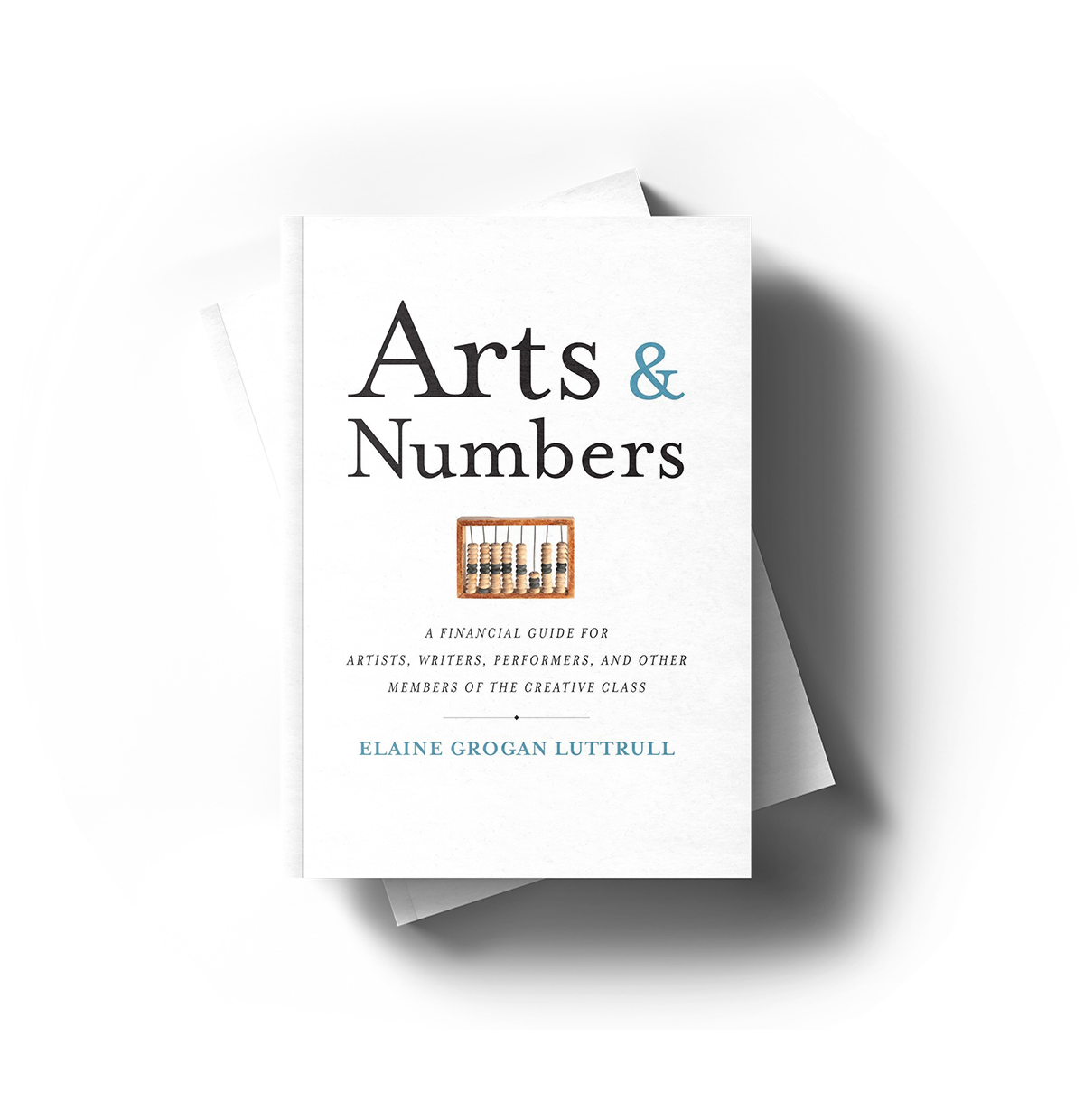November 30, 2015 • Curriculum
The below post originally appeared on Barney Davey’s Art Marketing News blog entitled “Mindfulness & Gratitude.” If you aren’t familiar with his work, it’s well worth a visit to his site for a long list of wonderful tips. Enjoy!

The days after Thanksgiving are full aren’t they? Not of leftovers, or family, or shared community experiences, but rather, they are full of scheduled thematic days to embrace the start of the holiday season and the end of the calendar year.
We shop on Black Friday and Small Business Saturday; we purchase online on Cyber Monday, and finally, we get around to supporting those in need on Giving Tuesday. We’ve even started hearing about colored days: Green Monday and Gray Thursday (also known as Thanksgiving Day).
I suppose on Sunday we rest, perhaps in order to reflect upon all the deals we hope to pursue in the following days. A moment of pause empowers us to operate on fast forward the rest of the time. Balance, after all, we tell ourselves.
It was Joe Biden who said, paraphrasing his father in an editorial for the Times, “Don’t tell me what you value; show me your budget and I’ll tell you what you value.” Perhaps the same could be said about the order in which we expend our cash. First: Massive deals; then: community support; followed by convenience and charity.
Ouch. No wonder we’re run ragged.
So what if we left out the parts we don’t enjoy and focused on those that we do?
Thanksgiving has become my favorite holiday as an adult, mostly because it is so simple. We come together, we share a meal and some moments of reflection, and we rest.
Our Thanksgiving tradition usually involves turkey (although we have substituted Peking Duck and pizza on more than one occasion), but rarely does anyone rise early to begin preparations. We can eat just as happily in the evening as we can at noon.
But maybe your meal differs. Maybe you begin with an early lunch and travel to a second home for an evening meal. Maybe there is nothing you love more than rising before the sun to stuff and roast a large bird.
Our Thanksgiving traditions have never included shopping (other than for more wine) or decorating for the Christmas season. But the do usually include a card game and occasionally a family movie.
But maybe your traditions differ. Maybe you play the Kenny Rodgers Christmas album as soon as the pie is out of the oven and string lights while eating leftovers. Maybe there is no better way to bond with your extended family than camping out in front of your favorite store and embracing the competition of commerce.

By most standards, our family’s holiday is boring. And yet, it suits us perfectly, and we seem to be having more fun than everyone else. (But again, that could be because of the wine.) Our family’s traditions have evolved to best reflect how we enjoy spending our time. Occasionally, we play Pictionary. We usually eat. We usually visit. Occasionally there is some sort of physical exertion (a formal Turkey Trot, an informal stroll to the park, or even a bit of dancing).
But one aspect of our holiday that is nonnegotiable is our gratitude. We are incredibly lucky for a long list of reasons, some of which we can take credit for; most of which we can’t.
That’s why Giving Tuesday—more so than Black Friday or even Small Business Saturday—makes perfect sense as part of the Thanksgiving lexicon.
Giving Tuesday has become a rallying point for non-profit organizations, and to the extent that the shared promotional efforts (not to mention the free coverage from news outlets and others), the rallying cry is a great one. Organizations continually do more for less, and Giving Tuesday certainly represents a rallying moment in support of all organizations.
Except that a study of 2,000 adults conducted by The Templeton Giving Survey and highlighted by The Chronicle of Philanthropy (November 23, 2015) found that only 18% of those surveyed knew about Giving Tuesday. (Compare that with 93% of those surveyed who knew of Black Friday.)
The Chronicle’s summary included a quote attributed to Harry Trims:
“Holiday consumer spending is climbing each year,” Henry Timms, founder of Giving Tuesday and executive director of 92nd Street Y said in a statement announcing the study’s findings, “but Giving Tuesday allows consumers to focus on the true meaning of Thanksgiving.”
Indeed.
So pick your favorite organization and make a contribution on Giving Tuesday. And beyond.
Because we can enjoy supporting our favorite causes, not just on Giving Tuesday, but throughout the year. After all, gratitude is the common thread that unites all of our very different Thanksgiving holiday traditions. We can be grateful as we enjoy our own celebrations, no matter how they unfold. And we can appreciate our good fortune every day, even when we feel less-than-fortunate.
Here’s hoping your holiday season and the rest of your year is full of mindfulness and gratitude, both in how you spend your time and how you share your resources.
Joe Biden would be proud.
Looking for Something to Support?
I’m always in favor of finding something you care  about, but if you’re looking for a few recommendations, here are my current favorites:
about, but if you’re looking for a few recommendations, here are my current favorites:
Red Cloud School (Pine Ridge, South Dakota)
CCAD’s Women’s Leadership Institute (Full disclosure: I run this program at CCAD, although I derive no compensation as part of this role.)


